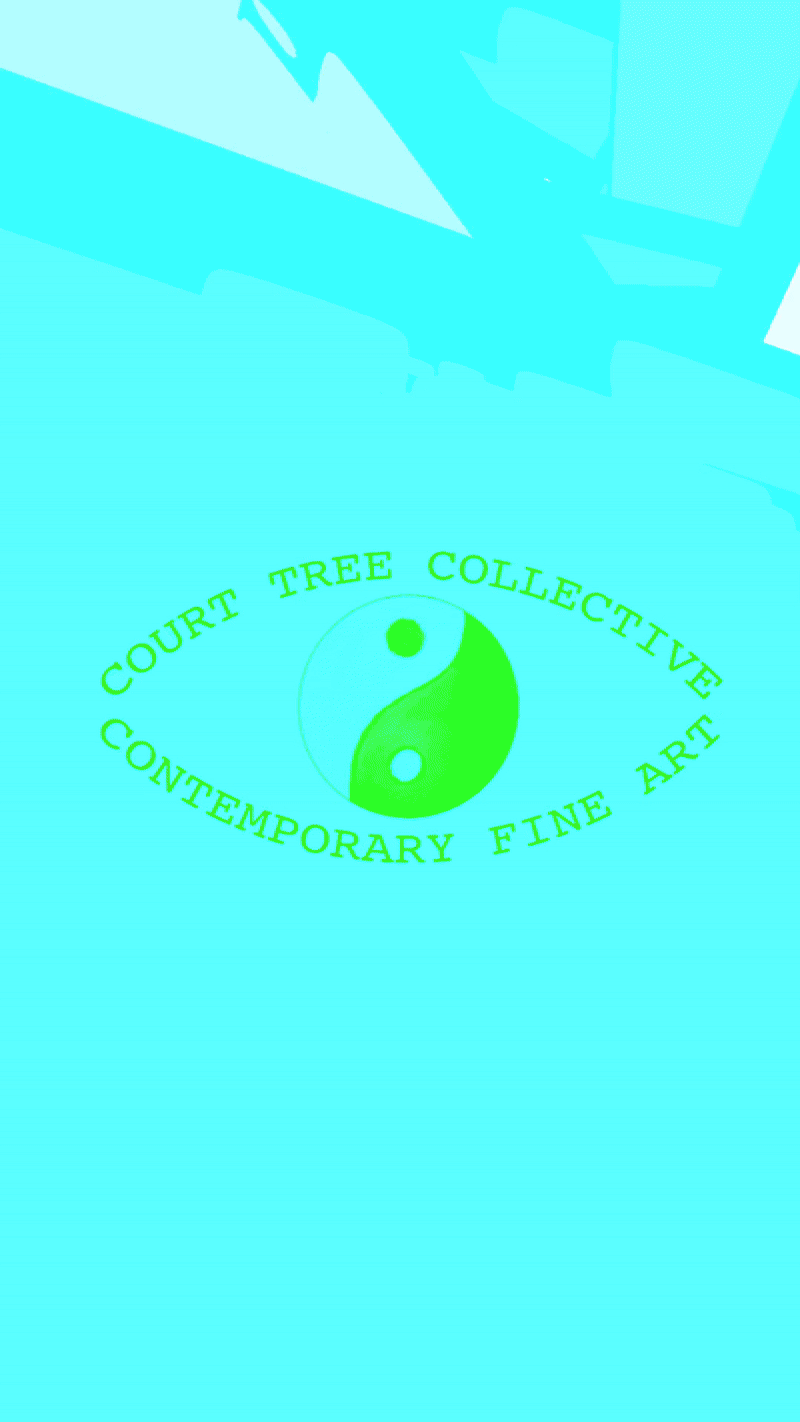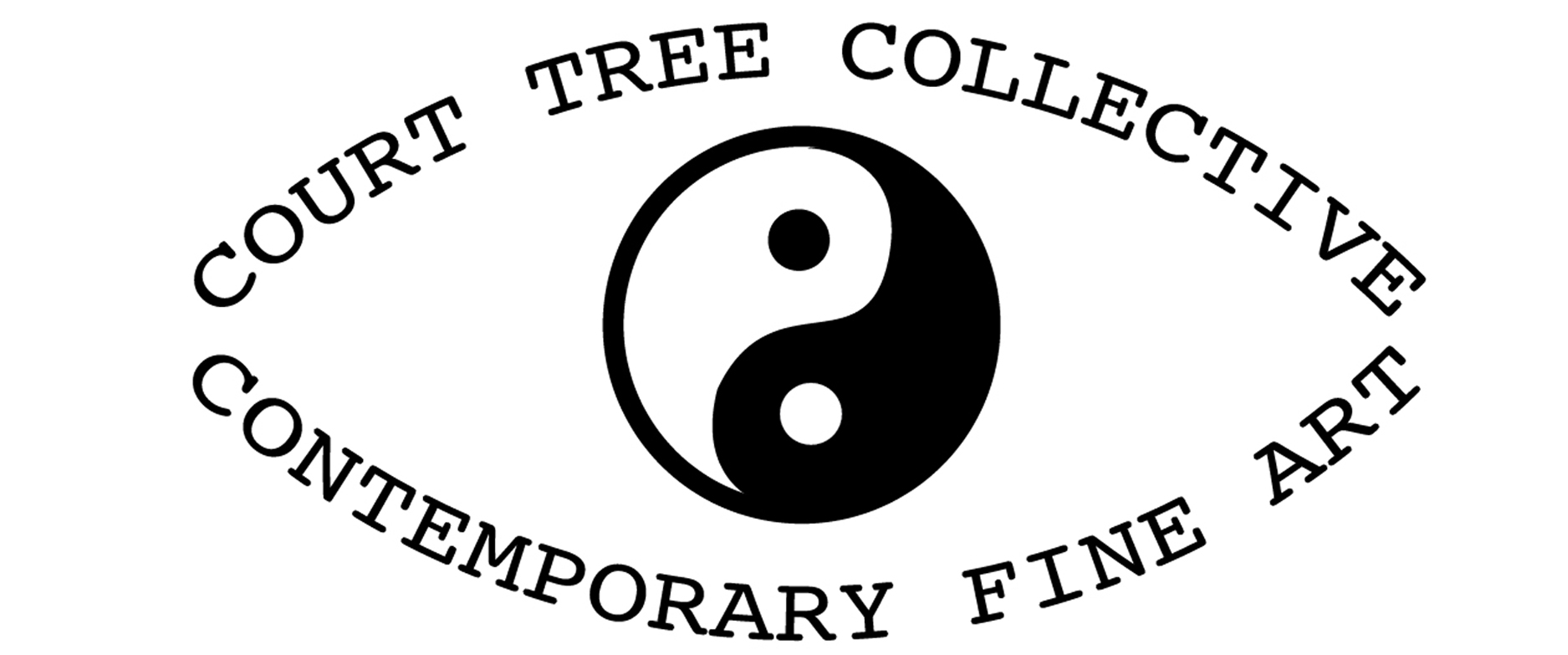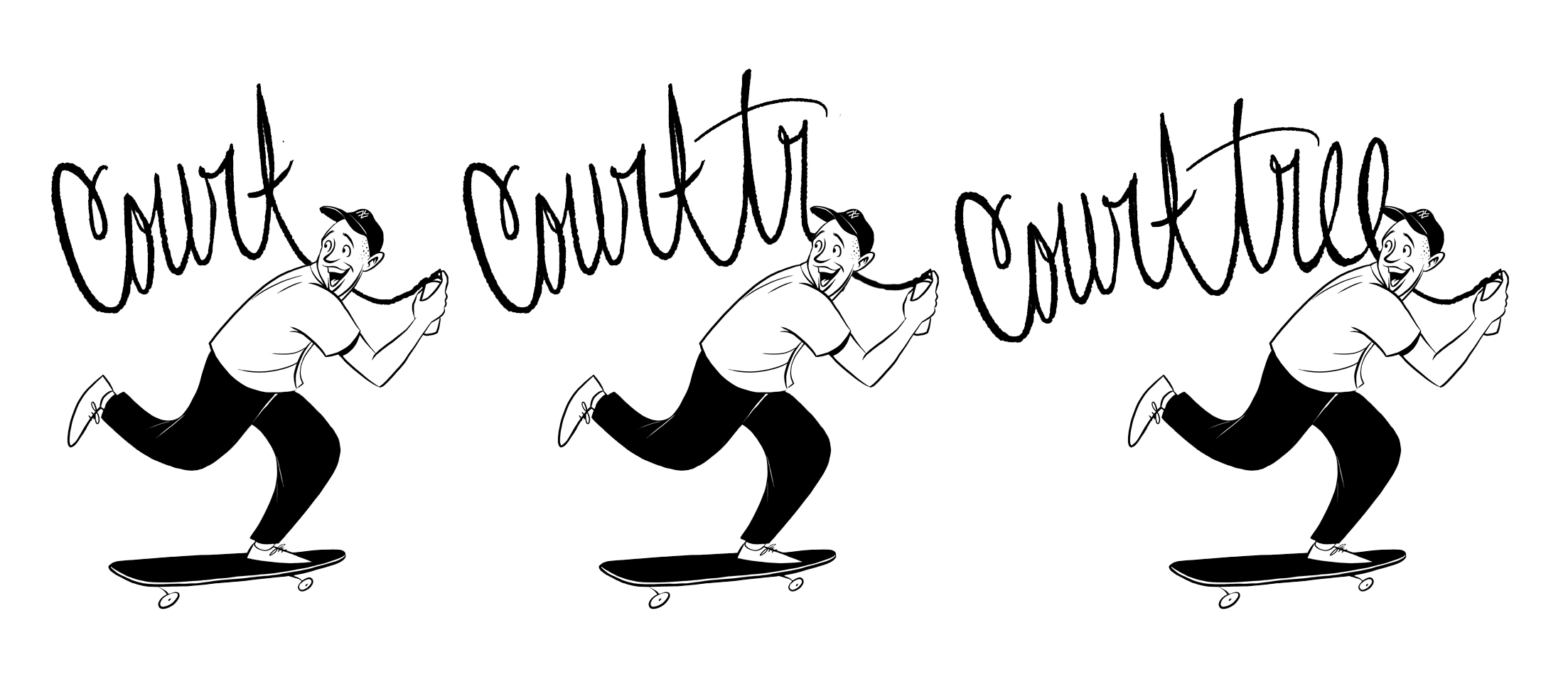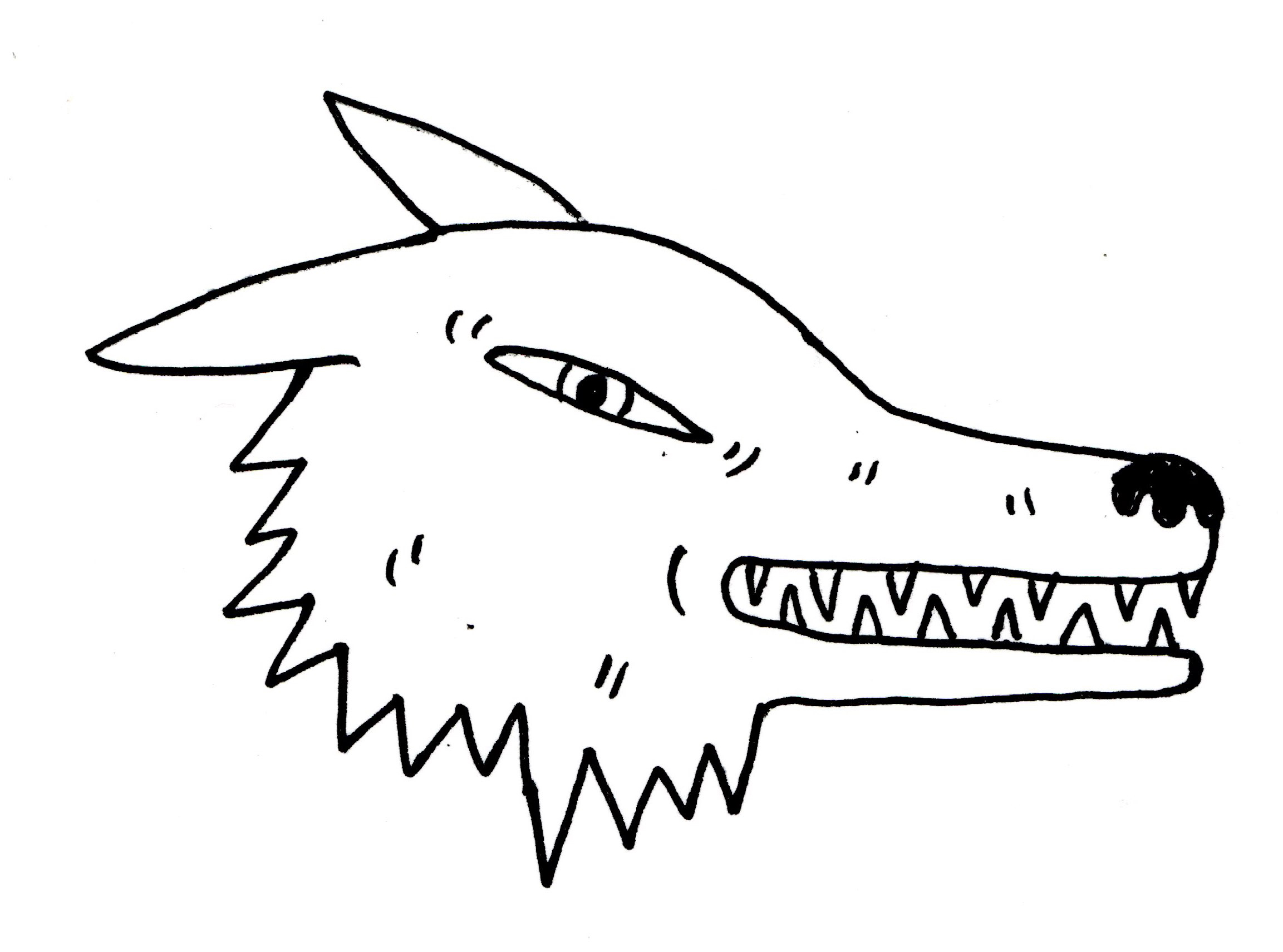Taezoo Park (Digital Being)

When you moved from Korea to New York in 2008—How did this environmental shift affect your art practice?
I came to New York City in August 2008 to study digital arts (M.F.A.) in the department of digital arts at Pratt Institute after graduating from Hong-ik University (in Korea) where I studied 2D-3D animation (B.F.A.) during the undergraduate program. I would love to show my imaginary world through a cutting edge technology which was 3d animation in the undergraduate and interactive media in my graduate program.
2008 was an interesting year. I could easily find a lot of analog CRT TVs on the street in New York City so I started collecting some beautiful TVs among them, questioning why? Later I found out it was one year before the analog broadcasting system went digital in the U.S.A (called Digital switchover). It was one of the main reasons. I wanted to give a second chance to the abandoned beautiful piece, so I started combining digital technology with it. It became the series of artwork, Digital Being.
How would you describe your artistic process?
A) Collecting abandoned technology from the street / e-waste warehouse / second hand shop / ebay
B) Observing it until I have new inspiration for the piece.
C) Taking a part, reconnecting the parts based on my imagination functionally and aesthetically. D) Combining digital media like a computer/Arduino/Raspberry Pi to finalize the form of life in the machine
In 2013, Cornell researchers researched my artistic process through ethnography. They told me it is a new design method/process. Based on the idea, we wrote this paper together.
Where do you search for inspiration?
While observing the old machine for a long time, I could imagine a lot of stories beyond it. Each old machine has its own history which is connected with various cultural and technological contexts. My observation and research about the machine is one of the ways to get inspiration, and I also get it whenever I hear people’s memories related to the machine during my exhibitions.
Your practice is based around the invisible, technological entity called Digital Being, which is brought to life through the restoration of abandoned TVs. How would you describe the life force within Digital Being?
While I restored several abandoned CRT TVs, I found a couple of ways to change the original functions using digital devices. Each way can be a character of a new Digital Being. For example, there is TV Being-005. With two relays, I could connect and disconnect two wires which are controlling the video on the CRT. The relays are controlled by a small computer called Arduino. The Arduino is working with a distance sensor which can detect any object in front of it. Therefore, if there is someone in front of the TV, the Arduino inside of the TV connects two wires through two relays, then the screen is on. If no one is there, the Arduino commands the relays off. Then the TV displays a line. The interaction looks like opening and closing an eye of the TV, so I call it TV Being.
TV Being - 005 : https://www.taezoo.com/art#/tv-being-005-series/
What is your relationship to Digital Being?
I am a digitologist who is looking for a new life in our digital ecosystem.
When was Digital Being born?
I believe when human beings invented the transistor in 1942.
How has sustainability played a role in your art practice? What does the future of Digital Being look like?
Through my exhibitions, I can share my idea to use old and new technology that can be a new form of art which can also bring a question about the current direction of technological development and its leftovers.
We are changing our technological infrastructure from analog to digital. CRT TV is an icon of new technology in the period of Nam June Paik. However, when the broadcasting system went digital, numerous analog TVs were abandoned and it became a big problem. Without a proper recycling system, the radical digital transformation can cause future problems. Whenever I meet people who are working in recycling e-waste, they say less than 10% of of digital waste is recycled. Last of them dump on land or transport to the third world and cause geological pollution. And then we extract more materials from nature under the name of development. It is eventually connected with climate change.
Digital Technology is a tool which can be a solution and a problem depending on our decision.
The future of Digital Being will continuously evolve with new technology, and travel between old and new machines through networks.
My latest piece of Digital Being is working with a new display and NFT technology, but the aesthetic comes from analog machines.
Here is the most evolved version of Digital Being: https://www.taezoo.com/art#/hello-nft-world/
Click Here ︎ to see Taezoo’s work.
Digital Being’s Instagram: @digitalbeing
Interview by Margaux Erin.
@margauxhalloran




